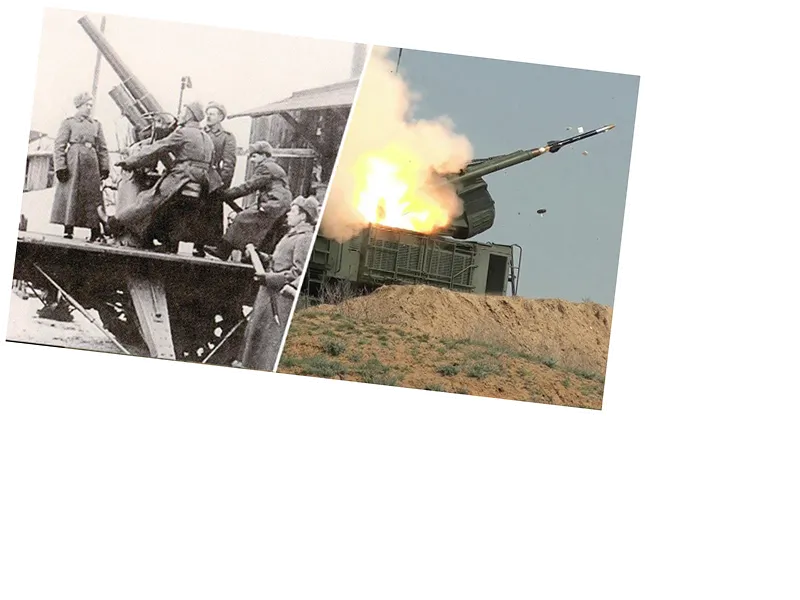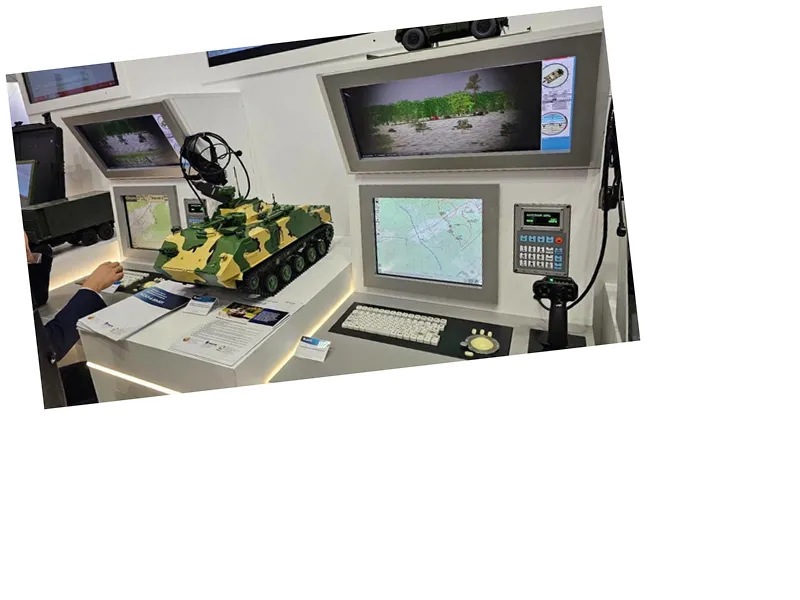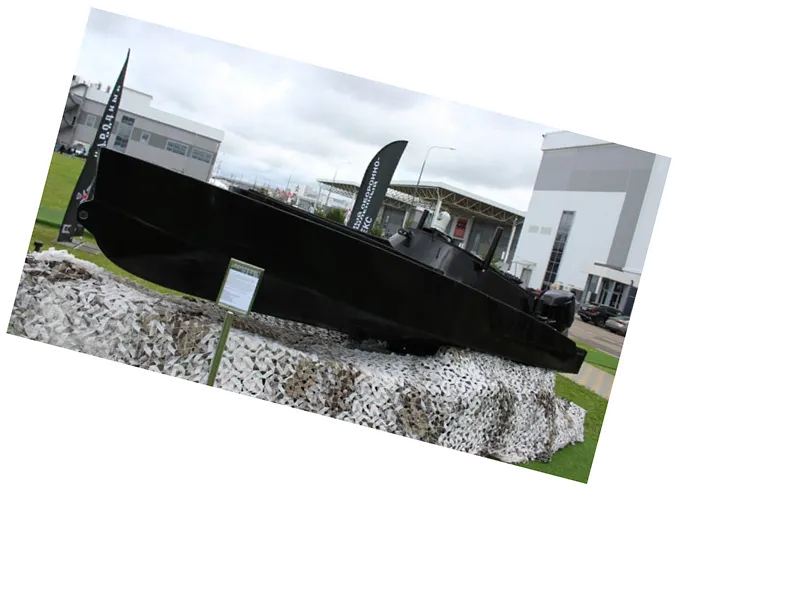Introduction to the Lotos Self-Propelled Artillery Gun
The latest innovation in military technology, the 120-mm self-propelled artillery gun (SAO) known as Lotos, is currently undergoing rigorous testing in the Special Military Operation (SVO) zone. Alan Lushnikov, the president of the Kalashnikov concern, confirmed that this advanced weaponry is not only in the testing phase but is already operational within the army. The Lotos has successfully passed over 130 different tests, including those focused on its firing range and overall reliability.
Features and Capabilities of Lotos
Developed by the Central Research Institute of Precision Engineering (TSNIITOCHMASH), the Lotos is designed for versatility and efficiency. Weighing under 18 tons, this self-propelled gun can be deployed by airborne forces, making it a strategic asset in various combat scenarios. It boasts a maximum speed of 70 km/h and a firing capacity of six to eight rounds per minute, reaching targets up to 13 km away. The Lotos is equipped with a 7.62 mm remote-controlled machine gun and features advanced automation for improved accuracy and speed in operation.
The Evolution from NONA to Lotos
The Lotos is set to replace the legendary Soviet self-propelled gun, the 2S9 NONA-S, which has been a staple in the military since its introduction in 1981. The NONA was revolutionary for its time, combining the functions of a cannon, howitzer, and mortar, and proving effective in various military operations. However, the Lotos offers significant advancements, including better armor protection and a more sophisticated guidance system, marking a notable evolution in military artillery technology.





